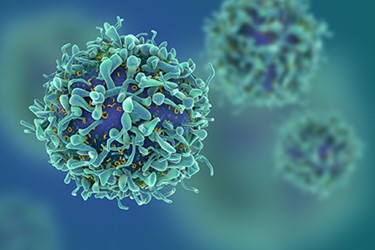How Single-Cell Multi-Omics Will Accelerate Cell And Gene Therapy Development
By Yan Zhang, Ph.D., CEO, Mission Bio

Several recent clinical delays highlight that the pathway for cell and gene therapy approval won’t be smooth. Cell-based therapeutics are inherently heterogeneous due to their biological nature as a “living drug.” And when patient safety concerns arise, the need for thorough characterization becomes all the more pressing, as regulators need to understand the product in all of its complexity.
Several elements drive this complexity. There may be variation in cell lineage or state — for instance, hematopoietic stem cells may differentiate into different cell types. And when a cell therapy is engineered using viral vectors or gene-editing tools, cells are likely to vary in the alterations they contain, potentially affecting safety or efficacy. Cells transduced with a lentiviral vector will differ in transduction efficiency and the number of copies incorporated into the genome. Cells edited by a gene-editing tool, like CRISPR, may be variable in on- and off-target editing, as well as other aspects like zygosity and aberrant translocations. When a therapy requires multiple edits, we should expect heterogeneity of edits across the cells, including edit co-occurrence and zygosity.
As all the recent news headlines remind us, we need better analytical methods to understand the therapeutics that are being produced more comprehensively. Regulators require high-quality Chemistry, Manufacturing and Controls (CMC) and analytics, assessing multiple attributes to ensure safety and efficacy. The rapid development of new cell and gene therapies is, in many ways, outpacing our ability to adequately characterize them. But that pace is driven by the urgent medical need these therapies are addressing, and the high impact we know they can have.
If thorough cell and gene characterization were easy, everyone would already be doing it. Conventional methods are often complex, utilizing multiple platforms and instruments, and the data outputs from each must be harmonized to gain meaningful insights. Making cells available for all these platforms in parallel can be a challenge, and bulk analytic methods that output averages will by definition fail to capture cell-to-cell variation. Additionally, cell and gene therapy samples are limited — every sample taken from a product is less therapeutic available for a patient. Add it all together and conventional characterization is a cumbersome, expensive, imprecise, and time-consuming process that may still fail to fully capture the detail that companies and regulators need.
This is where single-cell multi-omics shines. Read more on how researchers are utilizing single-cell multi-omics tools to analyze engineered cells.
Get unlimited access to:
Enter your credentials below to log in. Not yet a member of Drug Discovery Online? Subscribe today.
